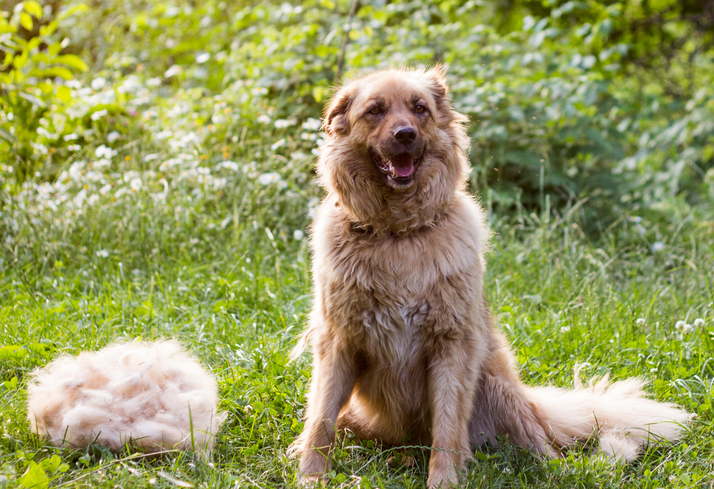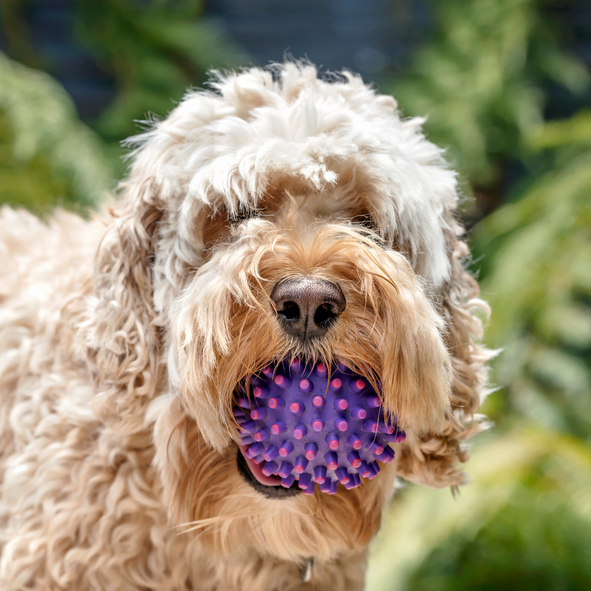
As many of the dog owners out there will be well aware, some dogs shed a lot of hair. So much that it literally ends up everywhere!
There are some dog breeds that shed more hair than others. Dog breeds such as the Siberian Husky and German Shepherd are renowned for their shedding prowess. This is because these breeds, along with many others, have an undercoat. This is a layer of soft fluffy hair that lies underneath the outer coat (or guard coat). The denser this undercoat, the more hair the dog will shed. For those with allergies, or who would rather not commit to regular grooming, high-shedding breeds may not be suitable companions.
Breeds without an undercoat, such as poodles and greyhounds are considered low-shedding breeds. But what about cross-breeds? Or dogs that have a thinner undercoat?
Researchers have recently found that there are several genes that control shedding. This is exciting as it means that we can now test for how much hair you can expect your furry friend to shed. The two main genes implicated are MC5R (shedding gene) and RSPO2 (furnishings gene) – and we are developing tests for both of these genes! The degree of shedding exists on a spectrum, and is dependent upon the interaction of these two genes. The amount an individual dog sheds can vary even within a breed.
So while there are breeds that are typically low shed (no copies of the shedding gene) or high-shed (two copies of the shedding gene), DNA testing gives us more information than you can see by simply looking at your dog.
When breeding “designer” dogs, for example a Poodle-Cocker Spaniel cross (or a “cockapoo”), variation at these genes comes from the two parent breeds. Puppies may therefore inherit the low-shed characteristics of the Poodle, or the higher shedding Cocker Spaniel. Puppies do not develop their adult coat until they are 4-6 months old, meaning you will not be able to tell if they have an undercoat by observation alone.

Luckily DNA tests can tell us how much a dog will shed even before they grow their adult coat. Breeders can also use these tests to predict the proportion of puppies in a litter that will be low or high-shedders. In the past, people seeking a low-shedding dog were restricted to buying dogs of known pedigree from breeders. But what if you want to adopt your new companion from a shelter? As DNA can be collected from a simple cheek swab a shelter dog can be easily tested to see if they are the right fit for you.